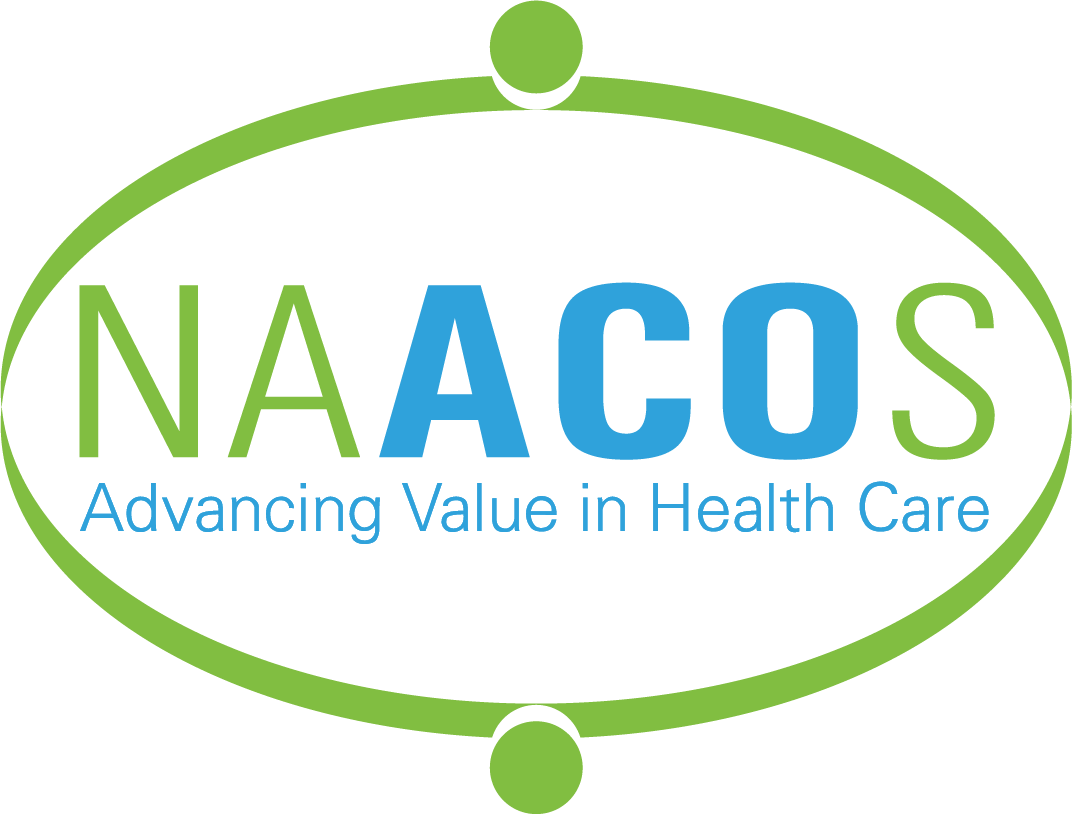NAACOS Analysis Shows ACOs In Top MIPS
Performance Tier
The National Association of Accountable Care Organizations (NAACOS) is sharing results of its analysis of ACO performance in the Quality Payment Program (QPP) of the Merit Based Incentive Payment System (MIPS) created under the Medicare Access and CHIP Reauthorization Act of 2015 (MACRA). Working with NAACOS, the firm of Dobson | DaVanzo modeled the Alternative Payment Model (APM) scoring standard rules applicable to ACOs in MIPS and applied historical Track 1 ACO quality data to project 2017 ACO MIPS scores and their corresponding payment adjustments in MIPS. The analysis found that all 2017 Track 1 ACOs are likely to score well above the MIPS performance threshold, and most above the MIPS exceptional performance threshold, thereby receiving a positive MIPS payment adjustment. However, the overall ease at which MIPS clinicians may earn positive adjustments, coupled with budgetary restraints, indicates that most payment adjustments may be relatively small, ranging from 0.4 percent to 2.6 percent of qualified providers’ Part B expenditures. For more information on how ACOs are scored in MIPS, please refer to our ACO Guide to MACRA.
ACOs commitment to quality improvement is clear. An August 2017 HHS Inspector General’s report also found that Medicare ACOs improved performance on 82 percent of individual quality measures compared to their baseline and outperformed fee-for-service providers on 81 percent of quality measures. This analysis is further proof that ACOs’ hard work and dedication to quality improvement is paying off and should be rewarded by CMS. More detailed information about the analysis is included below.
Key Findings
Key Assumptions
Analysis of Key Findings
CMS has established a 3-point minimum performance threshold and a 70-point exceptional performance threshold for the 2017 performance year. Under the most optimistic assumptions, all ACOs met or exceeded the exceptional performance threshold and would be eligible for maximum bonuses under MIPS.
Under the intermediate assumptions, all ACOs would score greater than 60 points, thereby earning bonuses and avoiding penalties under MIPS. However, only those scoring greater than or equal to the 70-point exceptional performance threshold would be eligible for the additional, exceptional performance bonus.
Under the most pessimistic assumptions, all ACOs earn greater than 50 points and would avoid a penalty and earn bonuses under MIPS.
Given the low minimum performance threshold established by CMS for the 2017 performance year, even those earning the highest scores in MIPS will be eligible for only minimal bonuses given the program’s budget neutrality requirements. In the most optimistic scenario, even those scoring a perfect score would be eligible for a meager 2.4 percent bonus in MIPS.
Under the intermediate assumptions, bonuses would range between .5% and 1.9%.
Under the most pessimistic assumptions, bonuses would range between .4 percent and 1.3 percent.
